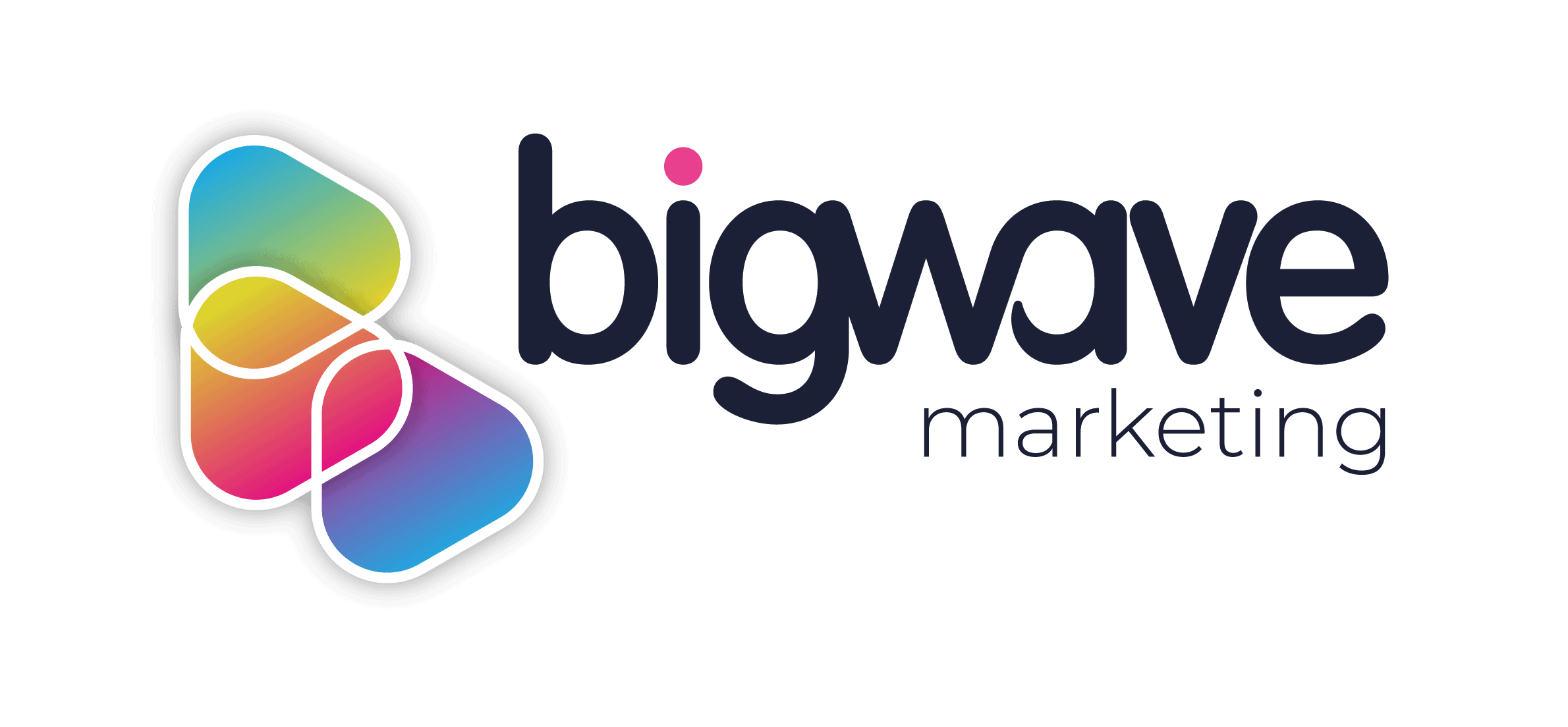In our vast digital landscape, it can be incredibly hard to stand out amongst the crowd. Though you may already be using PPC campaigns in an attempt to outrank your competitors, a good conversion rate is hard to come by without proper research. The truth is – it often takes weeks or months of testing to achieve a notable and impactful PPC conversion rate. If you’re not sure where to turn, then look no further, let us give you the most useful tips in increasing your PPC conversion rate in this post. You can learn more about our PPC agency in Exeter here.
What is PPC?
Ultimately, PPC stands for pay-per-click, a model of internet marketing in which advertisers pay a fee each time one of their ads is clicked. Essentially, it’s a way of buying visits to your site, rather than attempting to “earn” those visits organically.
How can PPC help my business?
When PPC ad campaigns are designed with a clear goal, this can improve brand awareness, generate leads and boost sales. PPC enables a business to extend their reach and achieve marketing goals easier. It is a tool used to align website traffic to your end goals, no matter what these may be. PPC supports many aspects of sales and advancing relationships with a wide audience from the initial awareness, to becoming a loyal customer. We have put together the top reasons why effective PPC can help your business:
PPC ads improve brand awareness
PPC advertising allows you to see how a user interacts with your campaign and retarget those people who haven’t yet converted. Google estimates that PPC has the power to help businesses improve brand awareness by 80% and draw in new customers. Have an example – let’s assume you run a PPC campaign for a new beverage brand. A user clicks on your ad but doesn’t purchase the product. You can retarget that user with display ads across the web to keep yourself at the front of their mind. Retargeting is effective because you know that the user is already interested in your product. PPC, therefore, reminds the user of what they’re missing, thereby increasing the conversion rate.
PPC ads drive warm leads
Utilising PPC will ultimately help to increase your Lead Generation. Putting your brand in front of your customers, and also within their environment, helps to create a positive reputation. Before embarking on a PPC campaign you need to have a strategy. With that being said, these are the best PPC lead generation strategies:
- Audience – PPC has been around for many years and is designed to capture your new audience. Focus on where that audience is, and what is going to engage them best. This will create a better conversion rate, and also encourage return on investment (ROI).
- Set up tracking – Knowing where your budget is being spent and how much success you are having will only serve you better in the long run. From the data you can make informed changes which can better your overall campaign. Some of the ones you can consider are as follows: UTM Tracking, Dynamic Number Insertion (DNI) and Conversion Tracking.
- Target industry-related keywords – Keywords are terms that search engine users type into Google so that they can find the information that they want. The best keywords for your PPC ads are the ones that are related to your services or products so that it’s easier for potential customers to find you. For example, if you’re a manufacturing company, you would want to use keywords like “textile manufacturing” or something along those lines.
PPC ads boost sales
PPC helps you to scale your business by reaching the 27% of users who are clicking on the top search results, increasing sales through raising brand awareness across a myriad of sites and platforms and allowing you to measure your return on investment (ROI) (which you can’t do easily with many traditional marketing methods).
How PPC relates to conversion rates
One of the most important factors in a PPC campaign is the conversion rate – the percentage of customers that perform the desired action, such as making a purchase after clicking on an ad. Your PPC Conversion Rate is therefore closely related to the amount of money you make from your ad. KPIs (key performance indicators) associated with conversion are key to assessing the effectiveness of your marketing campaigns.
So, here comes the golden question: How exactly can you improve your conversion rates in your PPC campaigns?
1. Competitor Research
Competitor analysis digs into your competitor’s data to uncover their entire marketing strategy, from target audience to keyword selections, content topics, landing page quality and everything in between. Effective PPC strategies include creating a shortlist of competitor websites for benchmarking purposes. From this, you’ll be able to observe their traffic volume and sources in order to gain a sense of their backlink profile and overall performance. Within this strategy, you are required to identify your paid competition. This includes doing some solid research to figure out your true competitors. In addition, keywords are where you can unlock the secrets to gaining traffic. Therefore, finding a list of keywords that your competitors are bidding on can help you understand user intent and how your competitor is gaining advantage from it through their PPC strategy.
2. Improve your Google Ads quality score
Quality Score is an important metric to improve on, not only is it a key indicator of your past PPC campaign performance, but it also predicts the performance of your future campaigns with its collected data. The higher the score, the more relevant and compelling your ad copy is when compared to other advertisers, and the lower cost-per-click (CPC).
According to Google, it’s calculated based on the combined performance of three components:
- Expected click-through rate (CTR): The probability that your ad will be clicked on when shown.
- Ad relevance: How closely your ad matches the intent behind a user’s search.
- Landing page experience: How relevant and useful your landing page is to people who click your ad.
If any of these components has a status of ‘average’ or ‘below average’, then there is room to make improvements!
Here are a few ways to improve expected CTR:
- Review and edit your ad text to make your copy more compelling to your target audience.
→ Consider adding powerful call-to-actions (CTAs) with compelling words such as ‘Buy, Sell, Order, Sign Up, Try, Book, Get a Quote’ etc.
→ Emphasise your unique selling proposition.
- Ensure that the details in your ad match the intent of your keywords and that they connect closely with all components.
- Be more specific in your ad text and highlight any unique benefits of your product or service, such as free delivery.
- Remove any underperforming ads if you have multiple ads in an ad group.
3. Keyword Research
Another important aspect to look into is choosing the right keywords, which can improve both ad relevance and expected click-through rate. If your keyword receives a Poor score, your ads would have limited eligibility and reach less of your targeted audience when that keyword is used as a search query.
Here are a few pointers to consider when choosing the right keywords:
- Only use sure keywords that are highly relevant to search queries.
- Assign keyword match types accordingly.
→ Follow up on the performance of your ads and adjust your match types (broad, phrase or exact) according to collected data.
- Include about 5-20 keywords.
- Use long-tail keywords instead of single words.
- Remove underperforming and irrelevant keywords.
- Add more negative keywords to increase relevant exposure & improve ad rank.
In today’s search marketing, user optimization is key, so we must look beyond keyword research and think about enhancing user experience as a whole concept to achieve!
4. Enhance User Experience
Through understanding what queries your target audience looks for in search engines, you can better customise your ad content and landing pages to increase conversion rates and drive more traffic.
One way of enhancing user experience is to make sure your ads and landing pages align closely. The ads should focus on the same offer so that users get what they expect when they click on your ad and go to your landing page. The ad should use similar language in both the ad and on your landing page, so it’s clear that the two are connected.
So, for example, if an ad says “Buy running shoes now” it would be pointless taking users to a page where they can buy different types of running shoes. Hence, to make an effective conversion, users should land on a page that explicitly displays what the ad said – “Buy running shoes now”.
5. Use A/B Testing
A/B Testing is one of the best ways of improving the conversion rate of a website. To understand how A/B testing works, let’s take a look at an example: Imagine you have two different designs for a landing page and you want to know which one will perform better. A/B testing allows you to see how each landing page performs in metrics, such as traffic, clicks or conversions. If one performs better, you can then dig into why that is and it might inform the way you create landing pages in the future.
Hence, A/B testing can optimise customer engagement and potentially encourage more conversions to take place!
PPC Conversions wrap-up
Understandably, this might all be quite daunting to someone who’s just starting out in PPC, it’s a tough nut to crack! If you need extra guidance and support on improving your campaigns, our doors are always open for a friendly chat. Our team of PPC experts are perfectly positioned to help you navigate through any problems or difficulty, so contact us today at [email protected].
A collaborative piece written by Lucy Howe (Paid Media Junior) and Valerie Yuen (Paid Media Junior).

